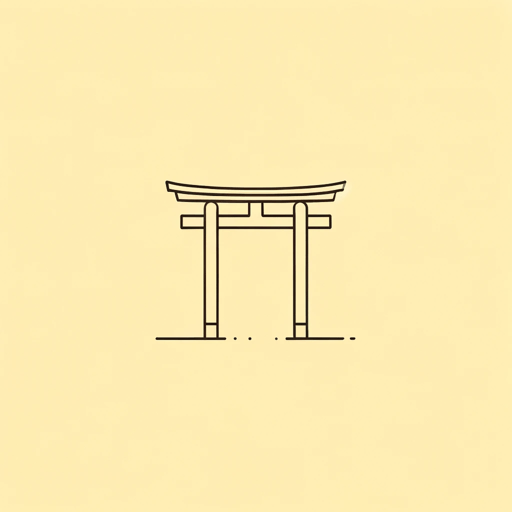27 pages • 54 minutes read
Ryūnosuke AkutagawaIn A Grove
Fiction | Short Story | Adult | Published in 1922A modern alternative to SparkNotes and CliffsNotes, SuperSummary offers high-quality Study Guides with detailed chapter summaries and analysis of major themes, characters, and more.
Themes
Position in Society
Content Warning: This section refers to sexual assault and suicide.
Japanese social castes play an integral role in many of Akutagawa’s stories, such as “Rashōmon” and “Hell Screen.” Akutagawa chose to set “In a Grove” far in the past, during a time when Japanese social castes were more stringent than they are today. The characters of “In a Grove” occupy very well-defined social roles, and this dictates much of their behavior. In a society with strict rules, bandits are executed, rape victims are shunned, and defeated warriors must atone through seppuku. All three characters seem quite resigned to these outcomes. This is one reason why Akutagawa leaves their exact actions ambiguous: Their agency is limited to begin with.
Tajomaru punctuates his grandiose tale of overpowering a trained samurai with jabs at the police officers interrogating him. Early in his confession, he goes on what seems like a tangent to criticize killing a man’s soul by submitting him to a social authority, claiming it is a worse crime than literally ending someone’s life. The implication is that those of higher status are no better than Tajomaru and probably worse, as Tajomaru merely does what he “needs” to do to survive. Marrying a noblewoman, like defeating a warrior with training, is a fantasy for a member of the peasantry, but if would be a form of social mobility; if Masago were to agree to a marriage, it would prove Tajomaru was more than a mere bandit and possibly provide him with a more secure lifestyle.
Related Titles
By Ryūnosuke Akutagawa



